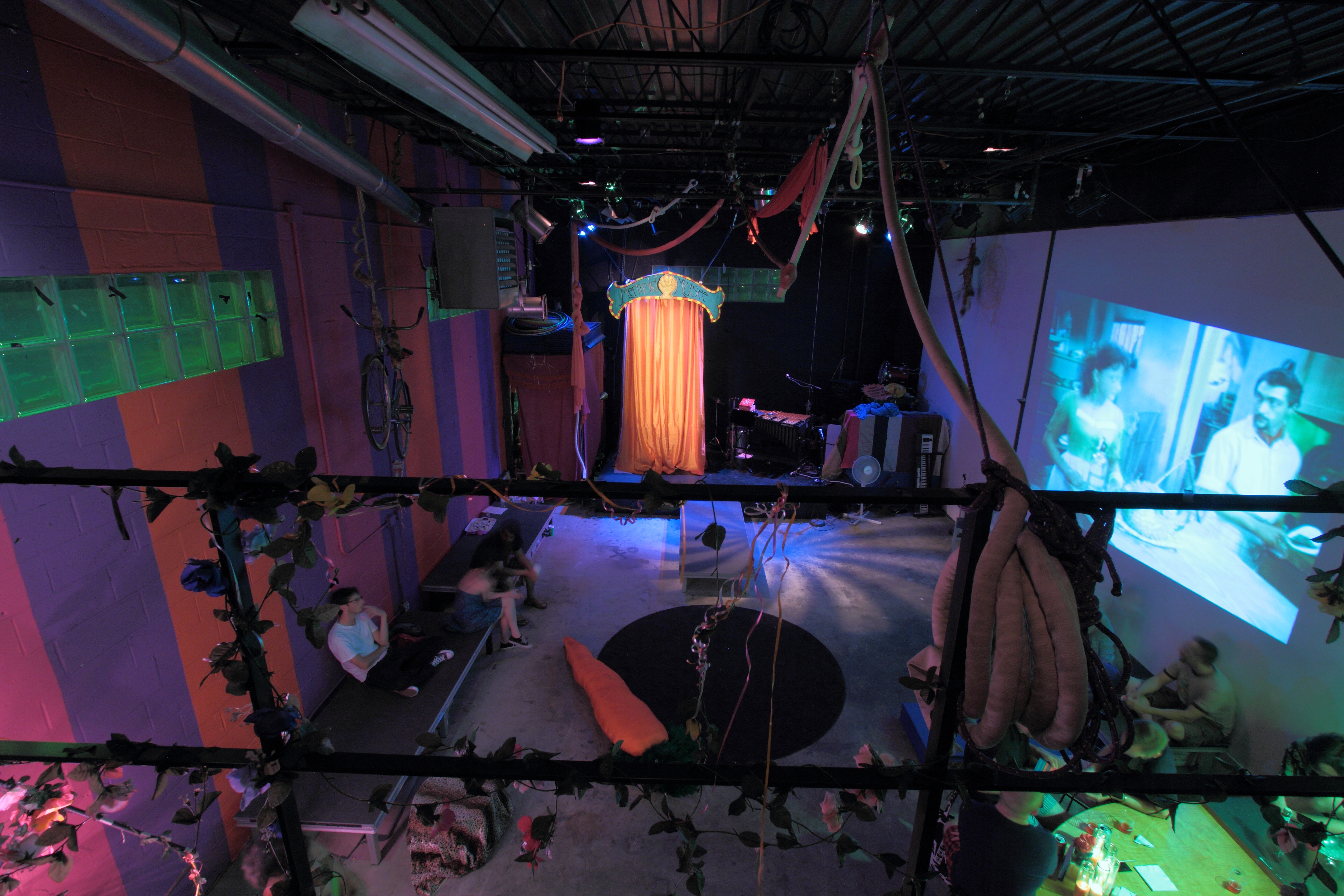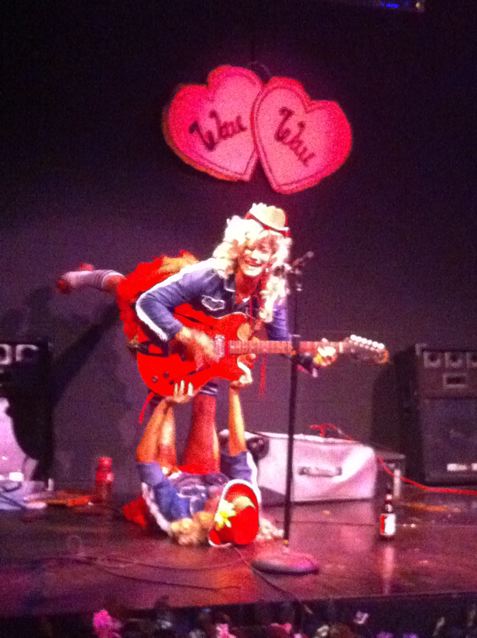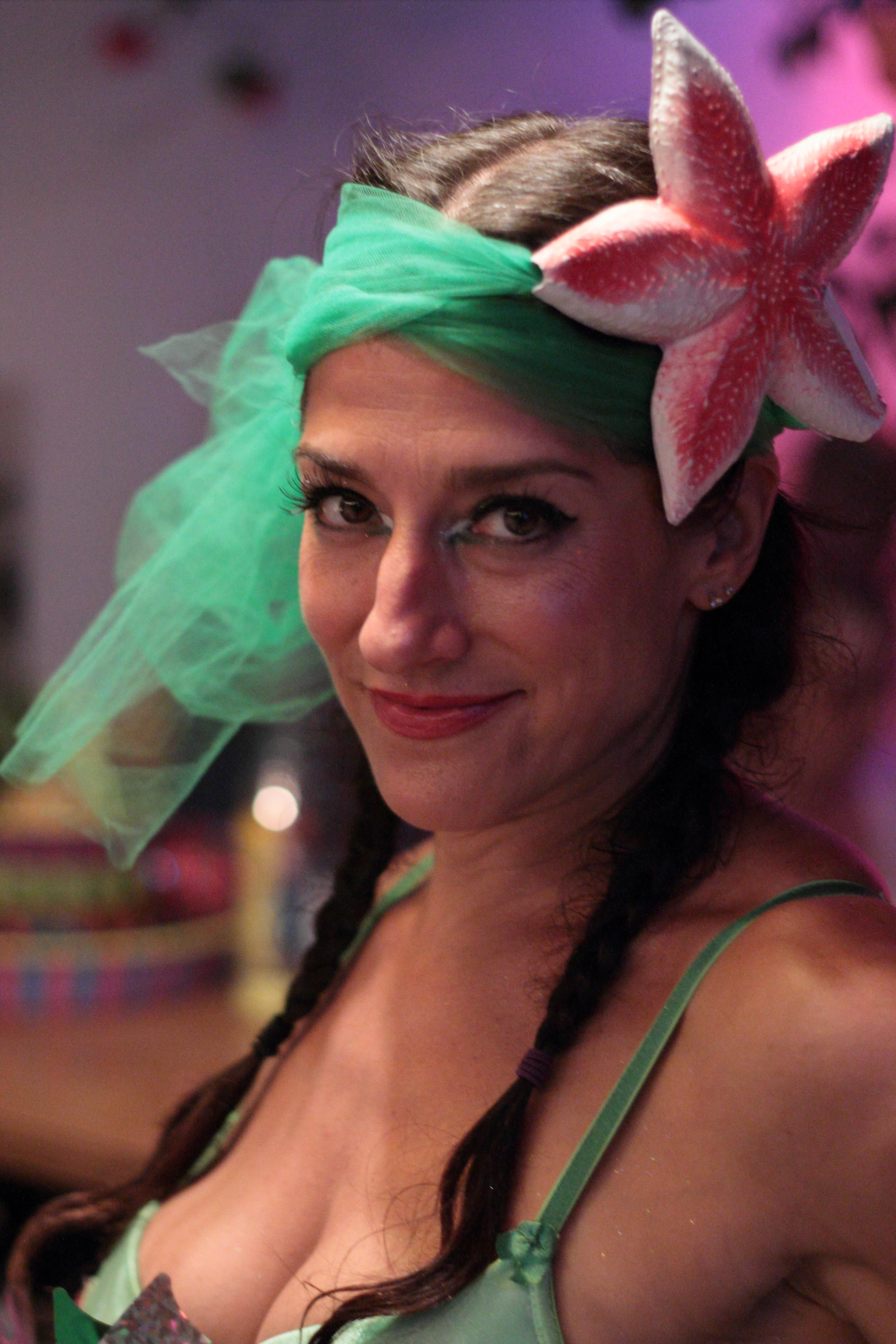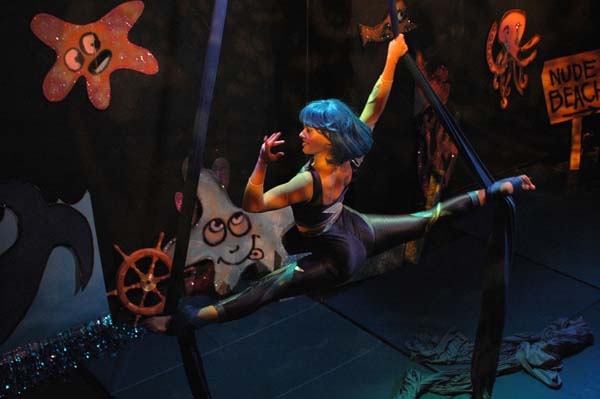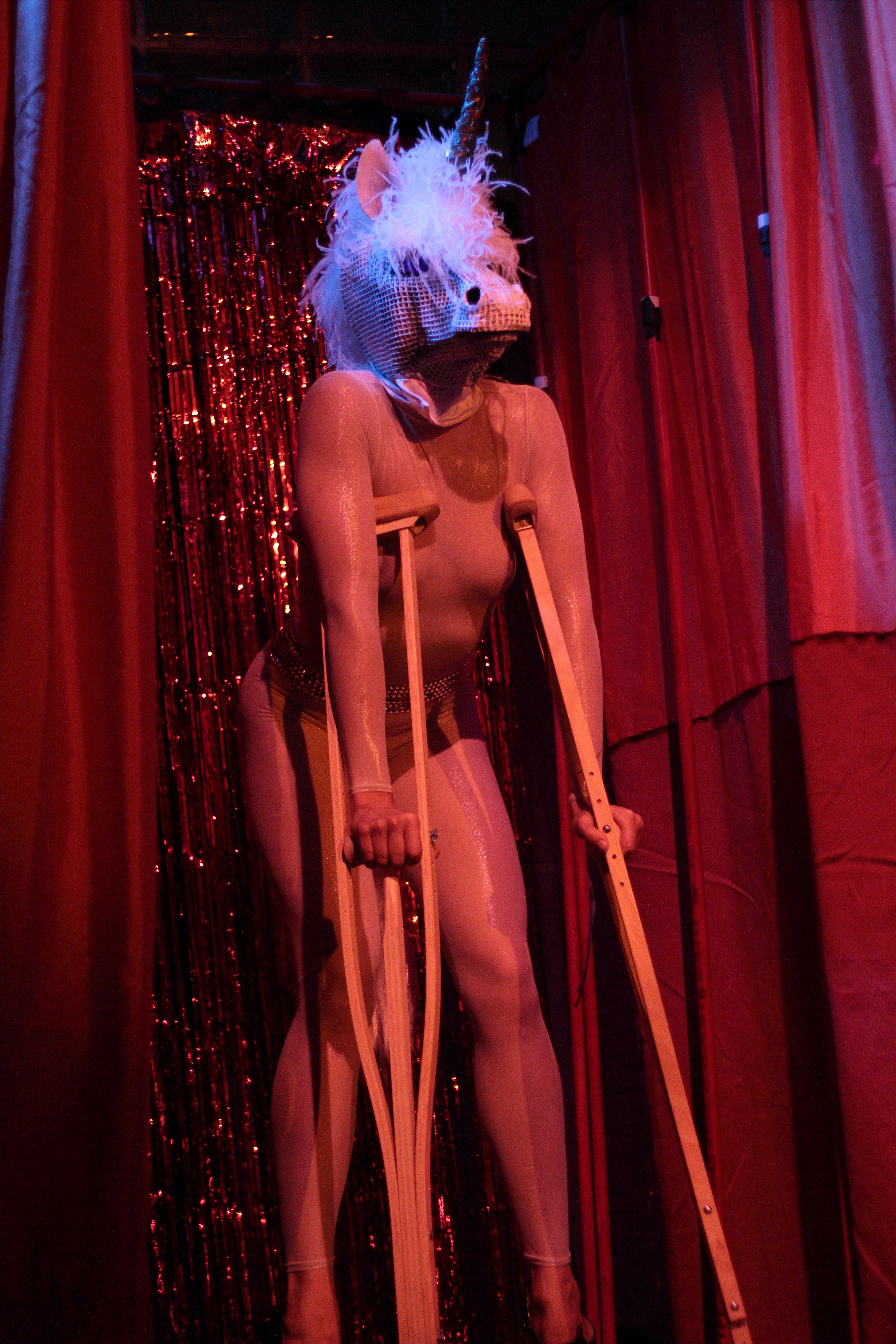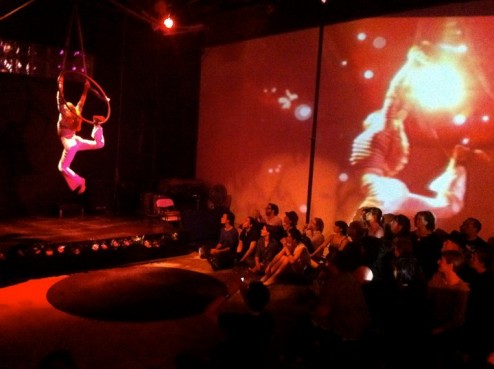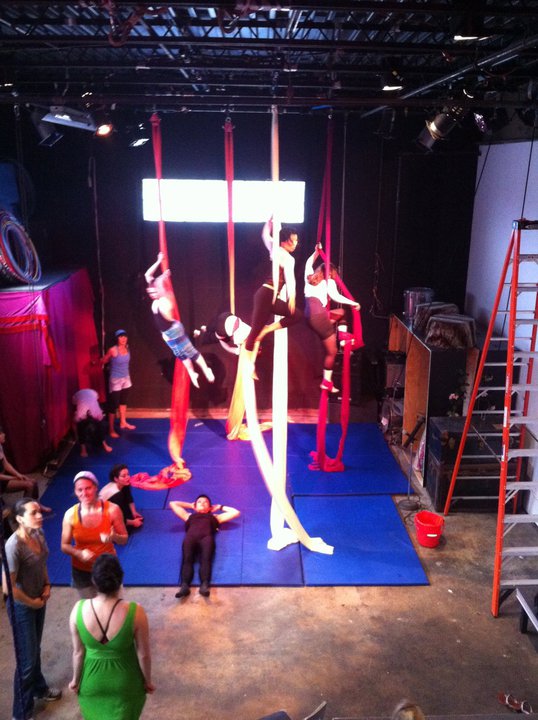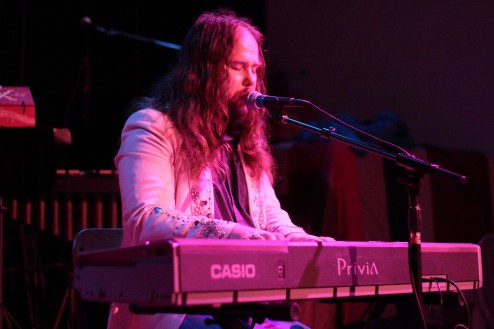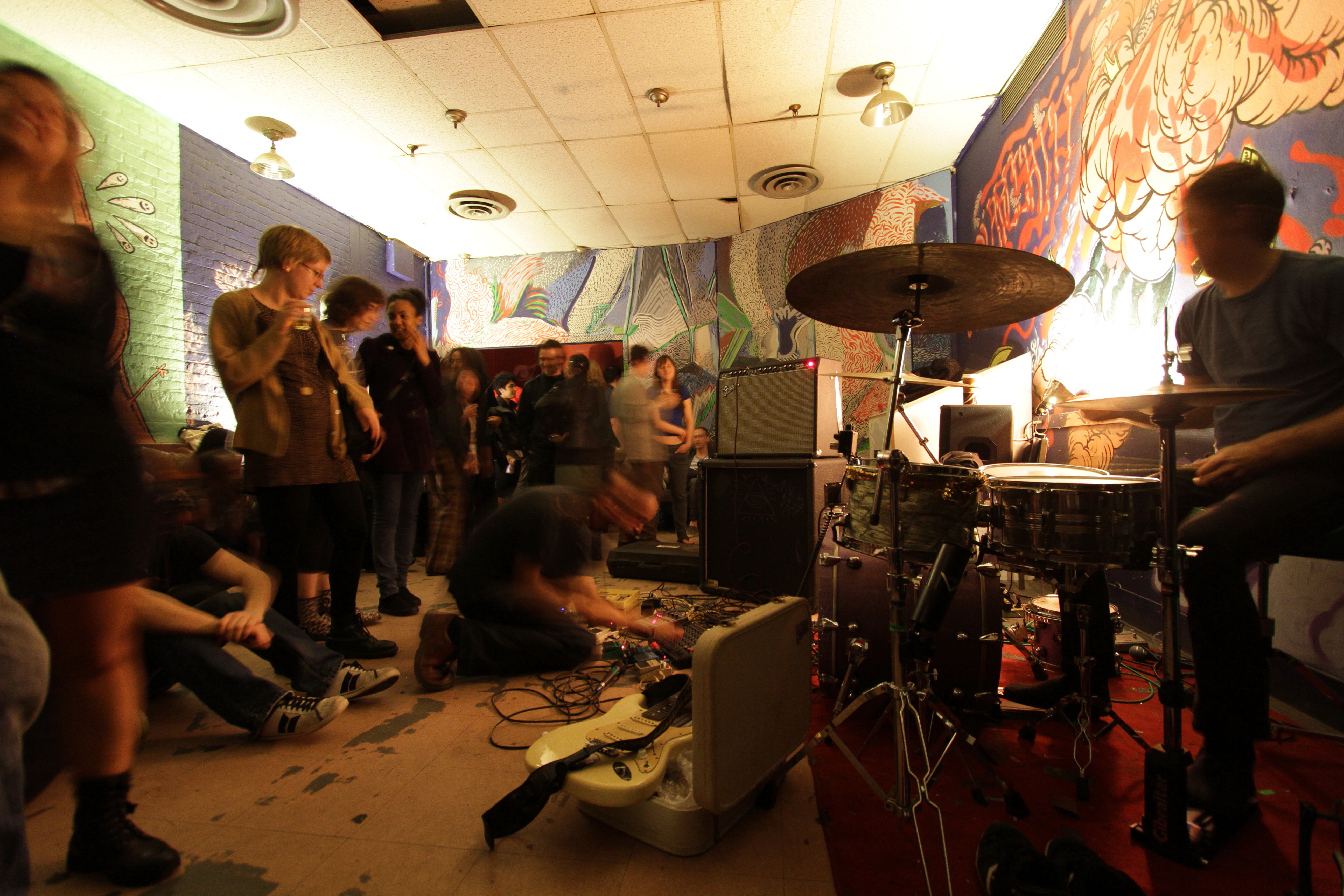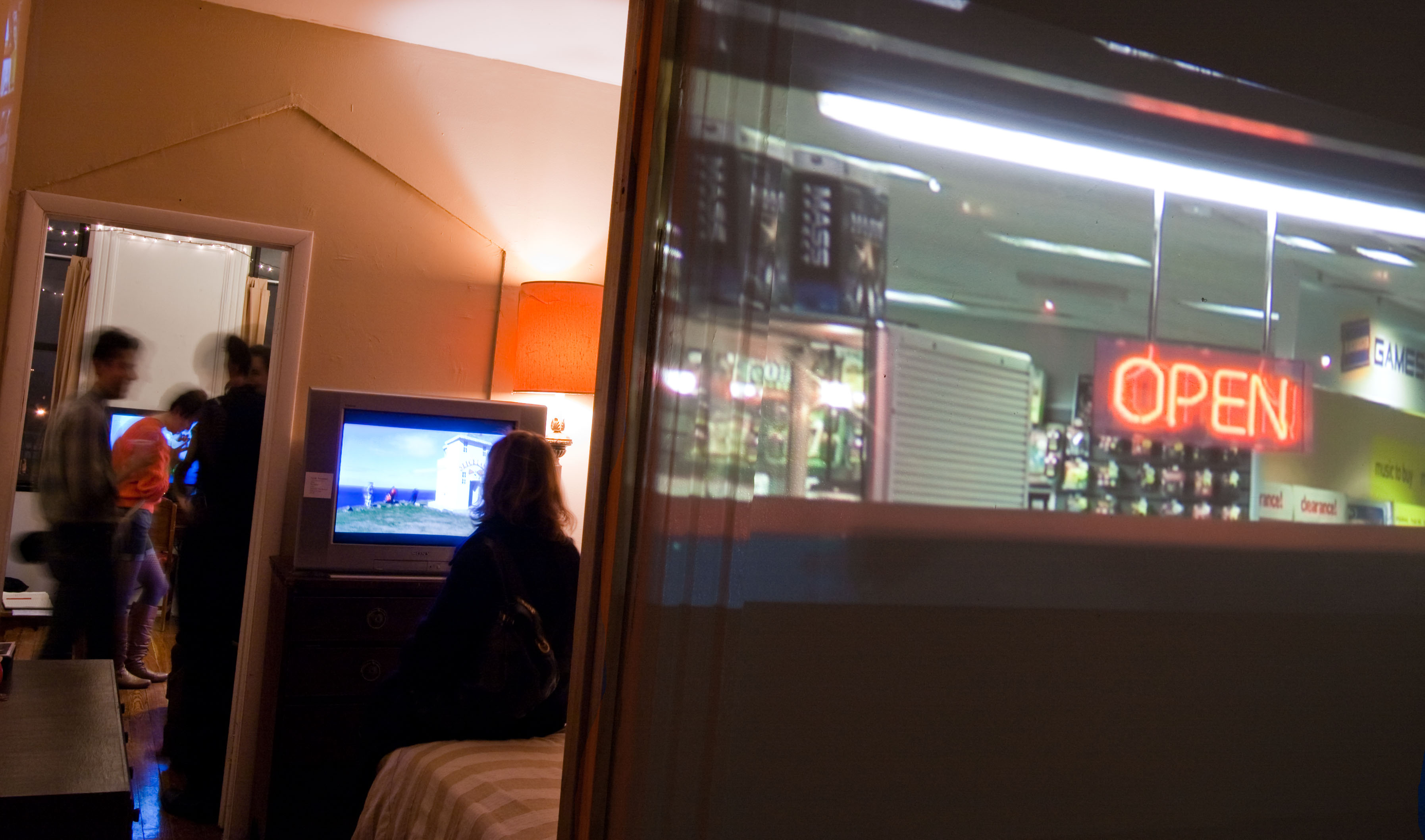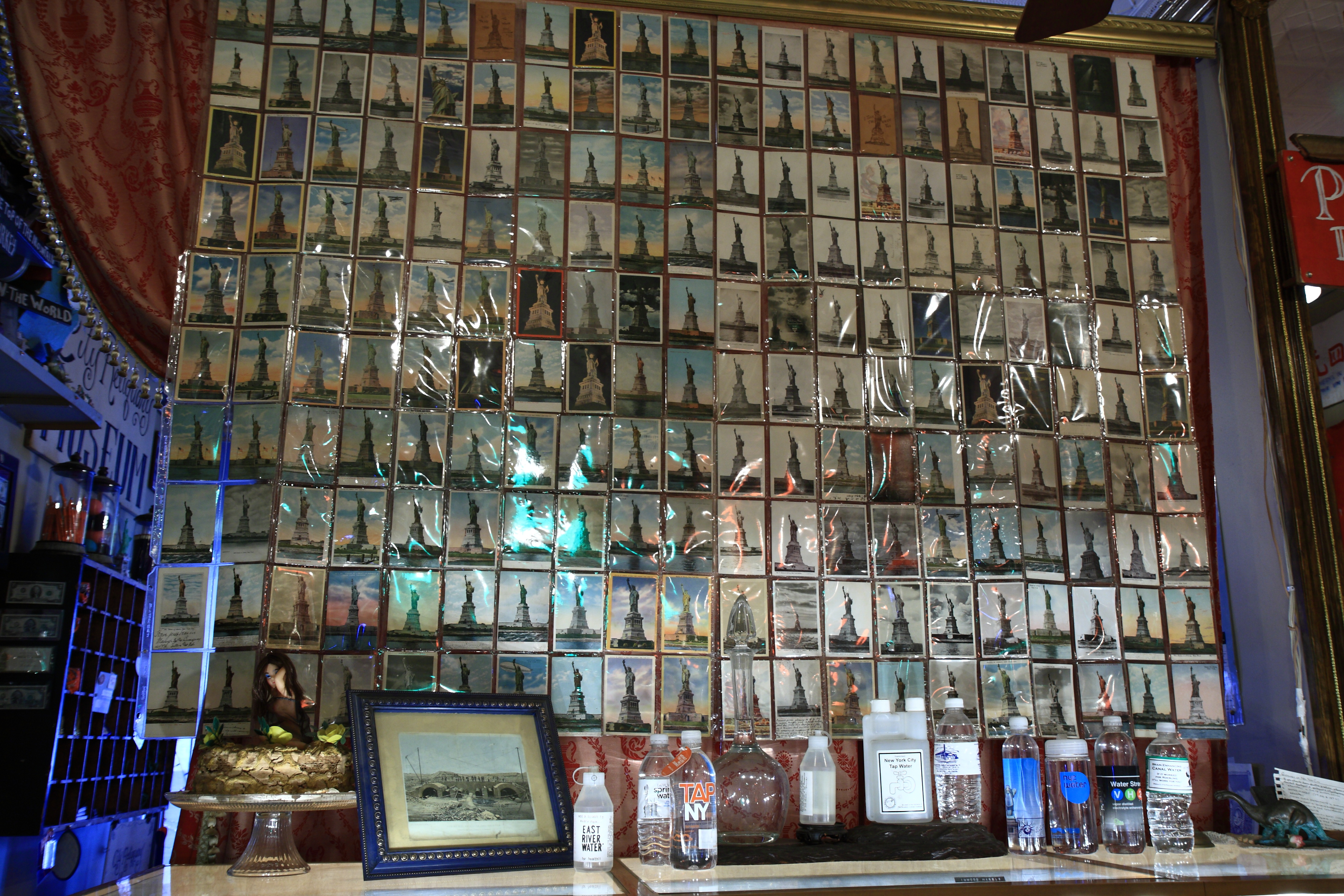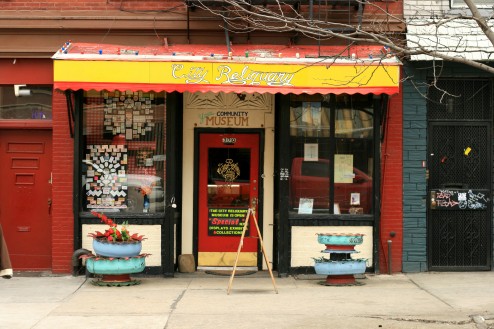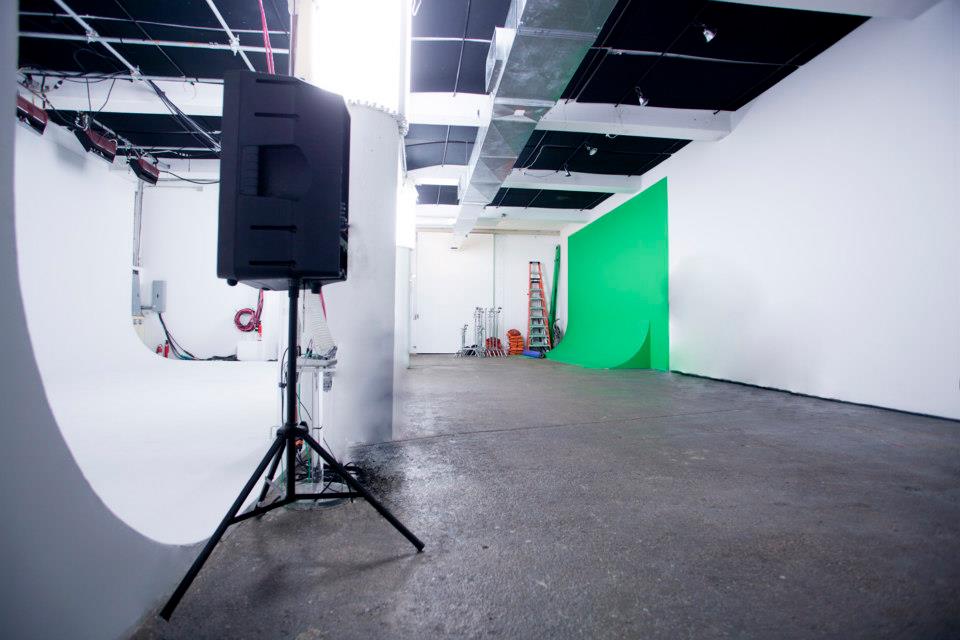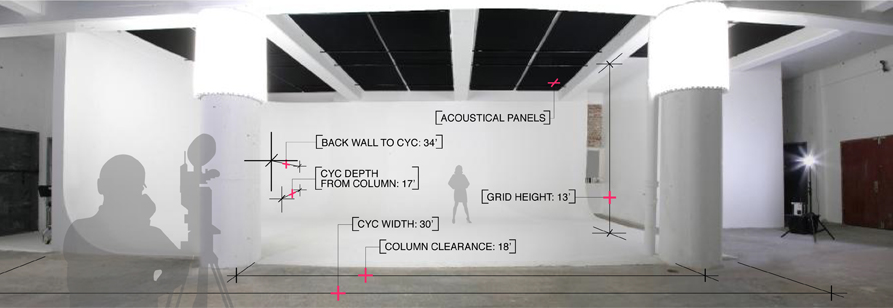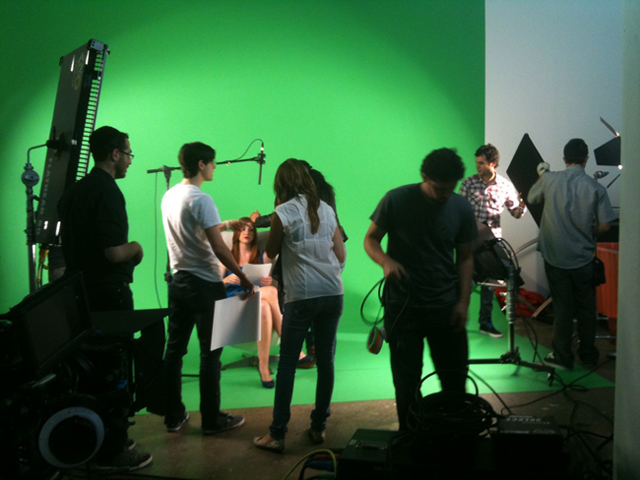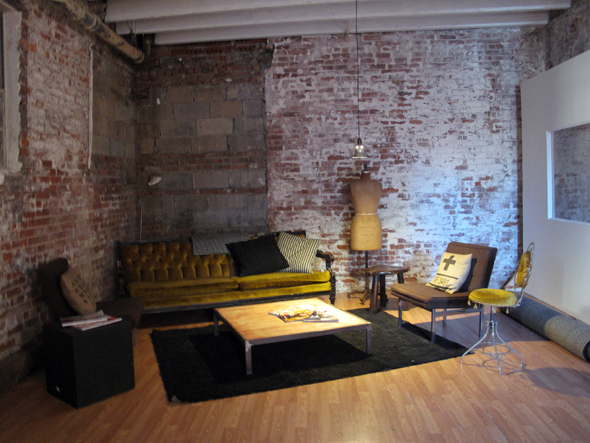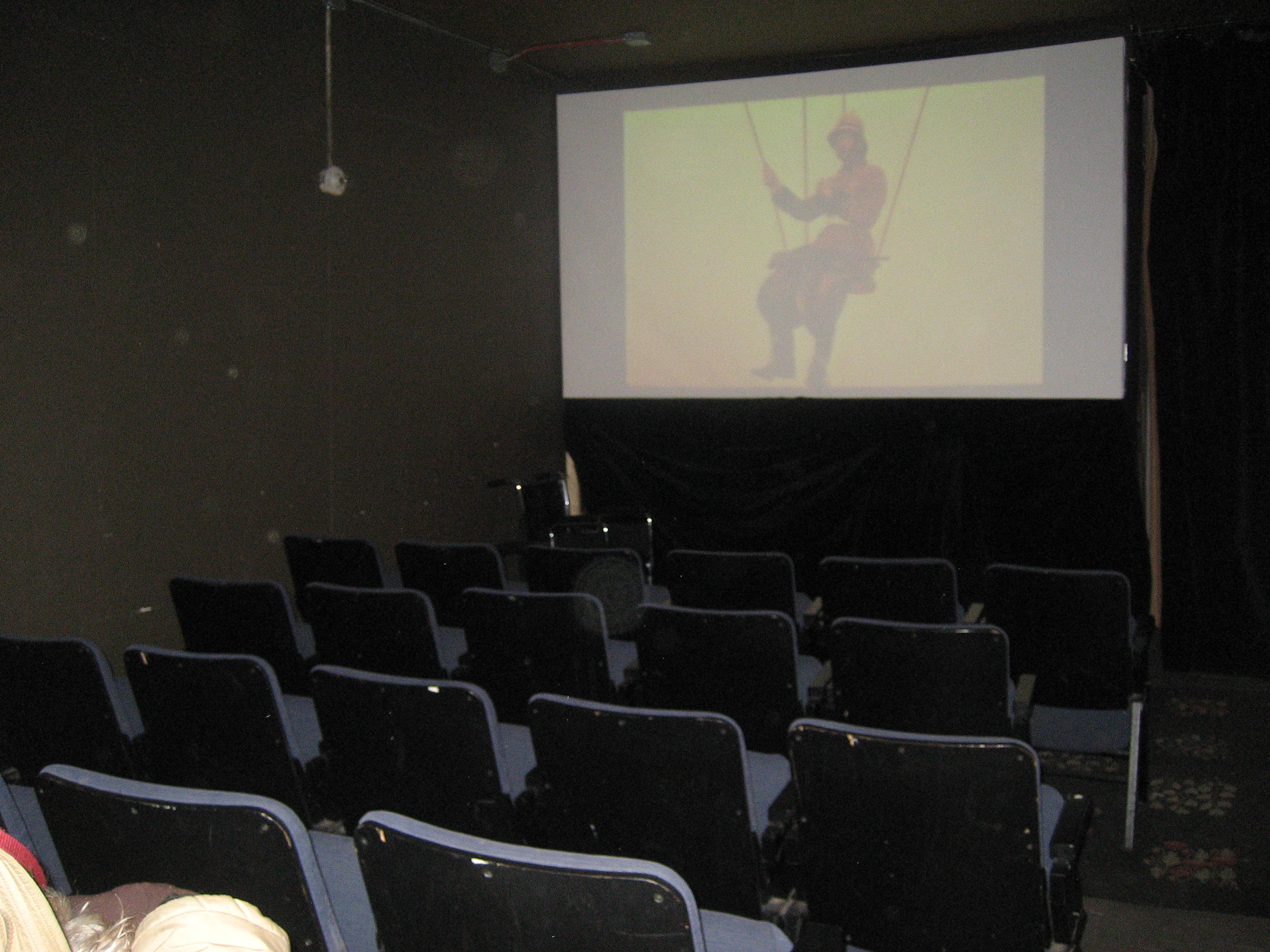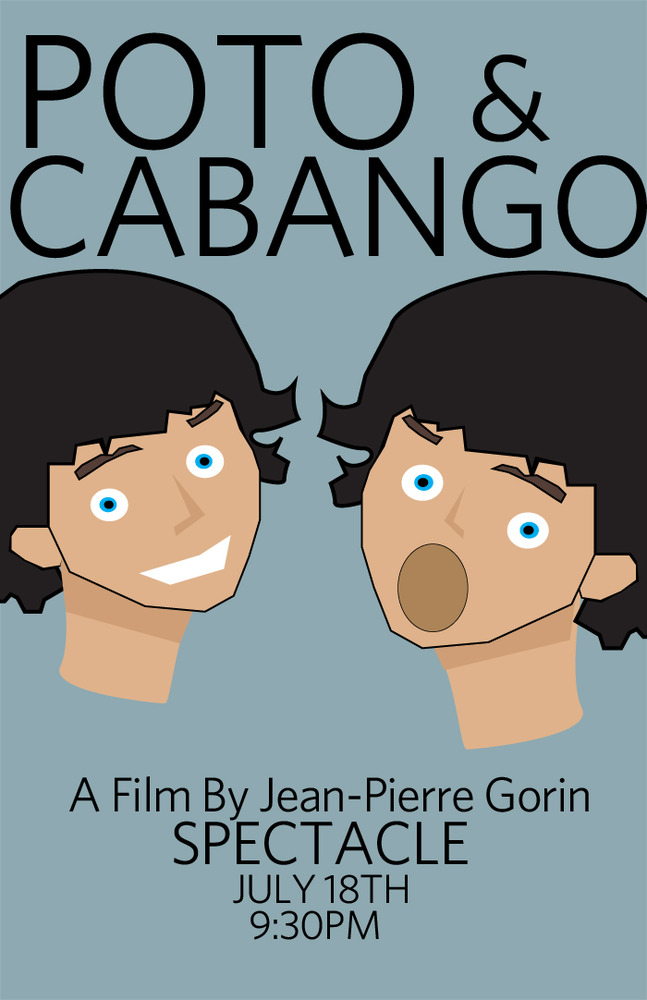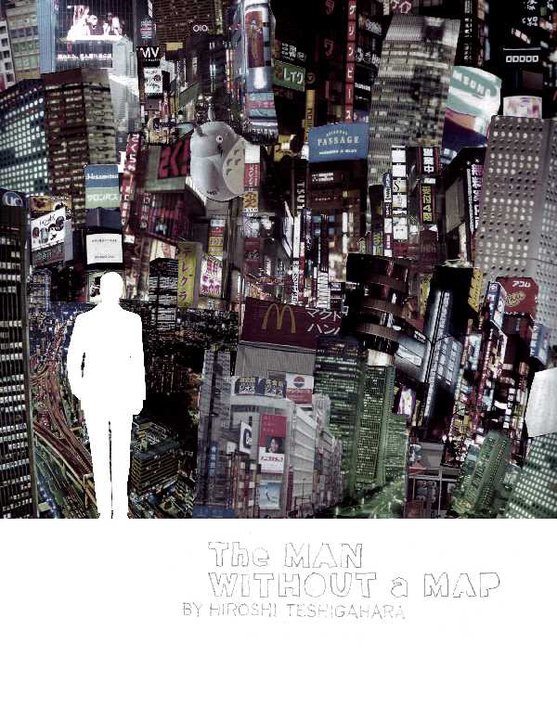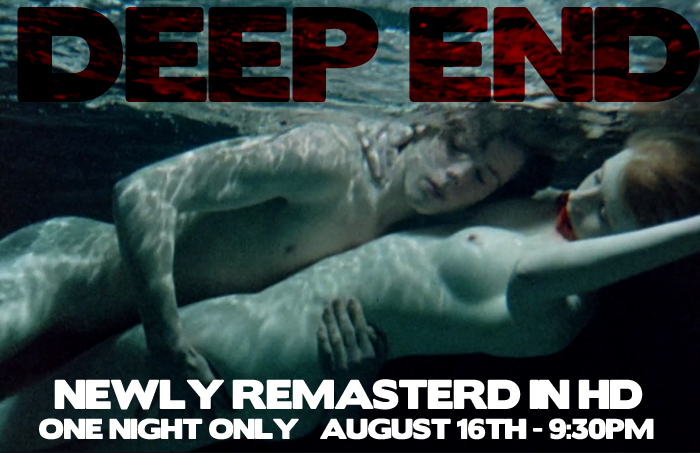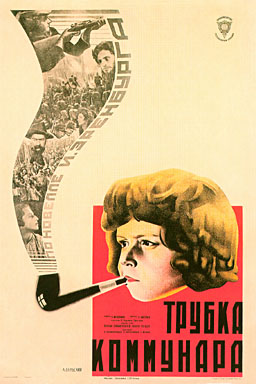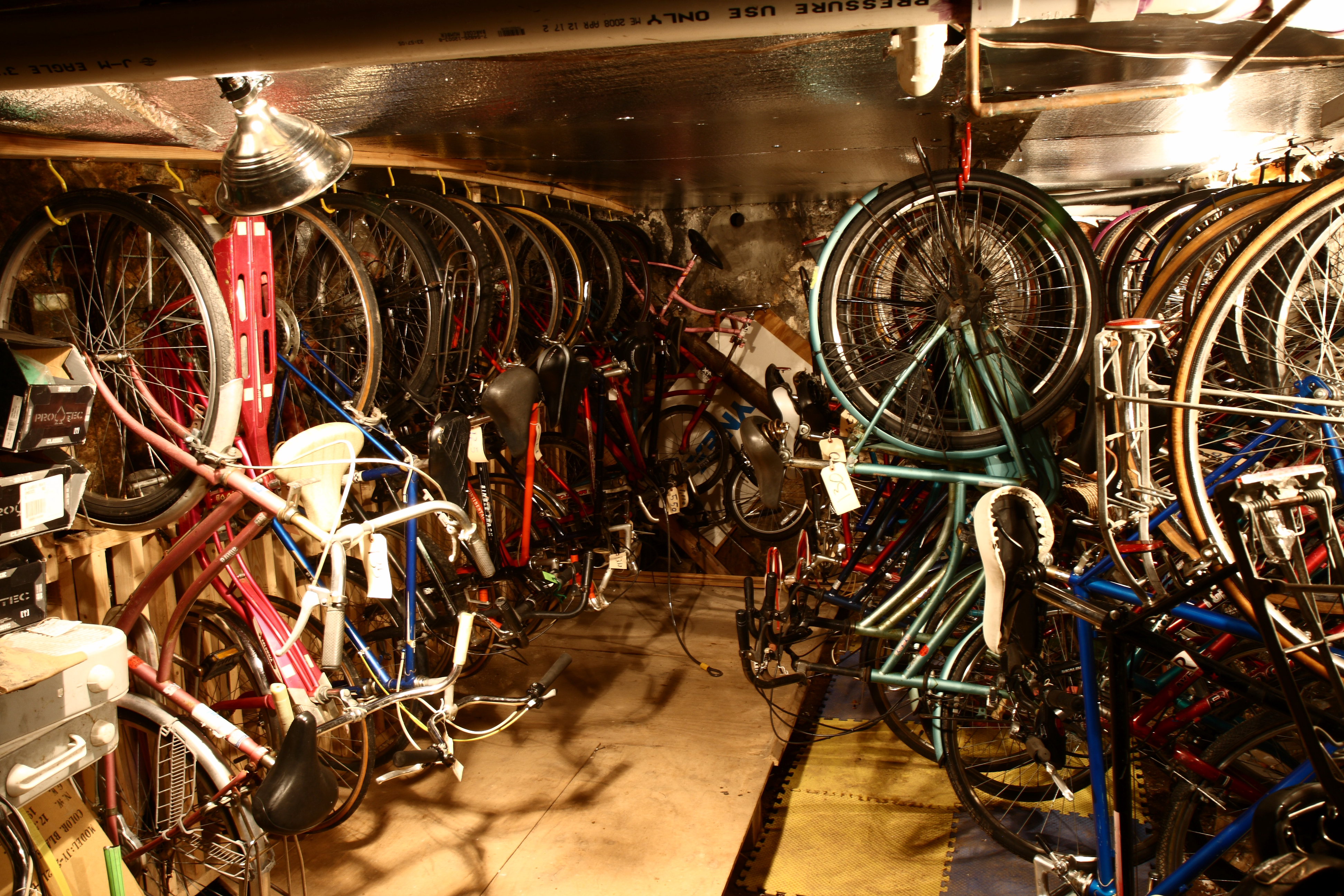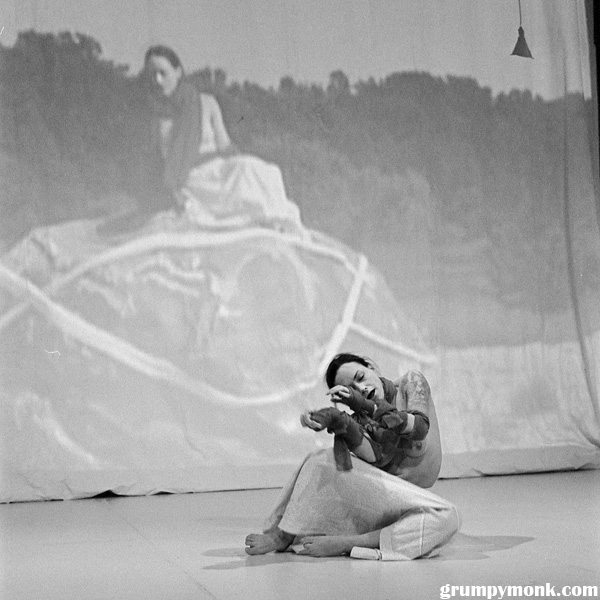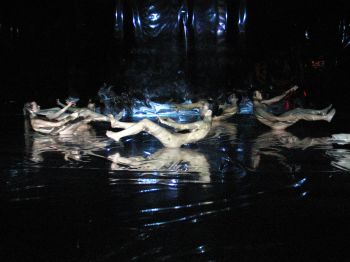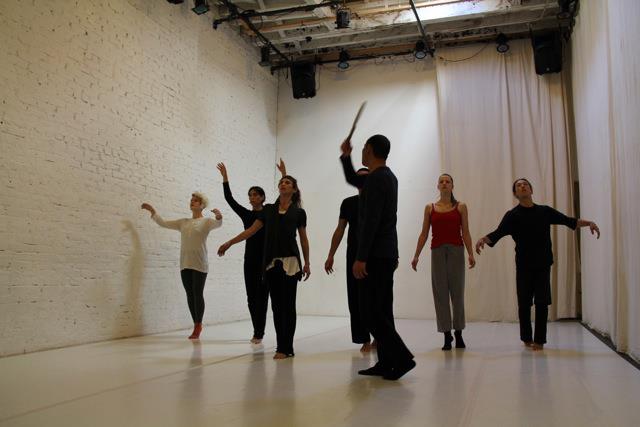big sky works
neighborhood: williamsburg | space type: circus | active since: 2011 | links: website, facebook, twitter
When I was in college in New Jersey, we used to come to Brooklyn to hunt for weirdness as much as we could. The first time I came to Galapagos was probably in 1998, when it was still in Williamsburg, and I saw some totally insane shows there. One of the best was the Wau Wau Sisters (Tanya Gagné and Adrienne Truscott), an “acroband” who wear crazy costumes and sing ribald songs while balancing on each others’ shoulders or sharing a trapeze. They were sensational.
Where are they now? Still performing, of course, mostly in the UK and Australia. But when they’re home, Tanya—who happens to be one of the warmest, most exuberant ladies I’ve ever met—runs a circus school, Trapeze Loft, in an incredible community art and performance venue, Big Sky Works. At Trapeze Loft you can take classes in things like partner acrobatics, hula-hoop, trapeze, wire-walking, silks, cloud swing, and contortion. And at Big Sky Works you can see an insane variety of crazy, crazy, fabulous shows, with acrobatics, circus freakshow stunts, live music, projections, pie fights, clowns, burlesque, drag, and just all manners of creative weirdness. I actually got to see the Wau Wau Sisters do a farewell show there before they headed overseas, and they were even more sensational than I remembered. I’ve since been back for a handful of events—including Coney Island–based Mermaid Musee, the spectacular Morgan O’Kane‘s CD release party, and a benefit for Vic Thrill—each more weirdly wonderful than the last. Big Sky also collaborates with lots of amazing local groups, including Funny Bone Theatre, a comedy-based after-school program for kids.
Head over there for some old Williamsburg–style freakiness as soon as you can. But first, check out my interview with Tanya!
brooklyn spaces: Have you been a performer your whole life?
Tanya: I grew up doing theatre and gymnastics and all that, but I don’t come from a show-biz family. I started studying circus when I moved to New York in my early twenties, and then I moved to France and Spain and San Francisco and trained really hard for a few years, and then I came back to New York and opened the Trapeze Loft in ’99. I started off giving private lessons, and I was slammed. We were a little bit ahead of this grand circus curve; at that point there was no Elizabeth Streb, no Circus Warehouse, no Sky Box, nothing. Now there’s so many spaces, which is wonderful.
brooklyn spaces: Is it a good community? Do you guys all share tips?
Tanya: I definitely check them all out, and I know a lot of the teachers over at House of Yes and Lady Circus. A lot of the students take classes at all the spaces, and that’s cool because they can see what everyone has to offer. I’m kind of jealous of the students now, because when I came to New York there was only one person to train with, Irena Gold, this crazy old Russian lady who trained for Big Apple Circus.
brooklyn spaces: Why did you move the Trapeze Loft into Big Sky Works?
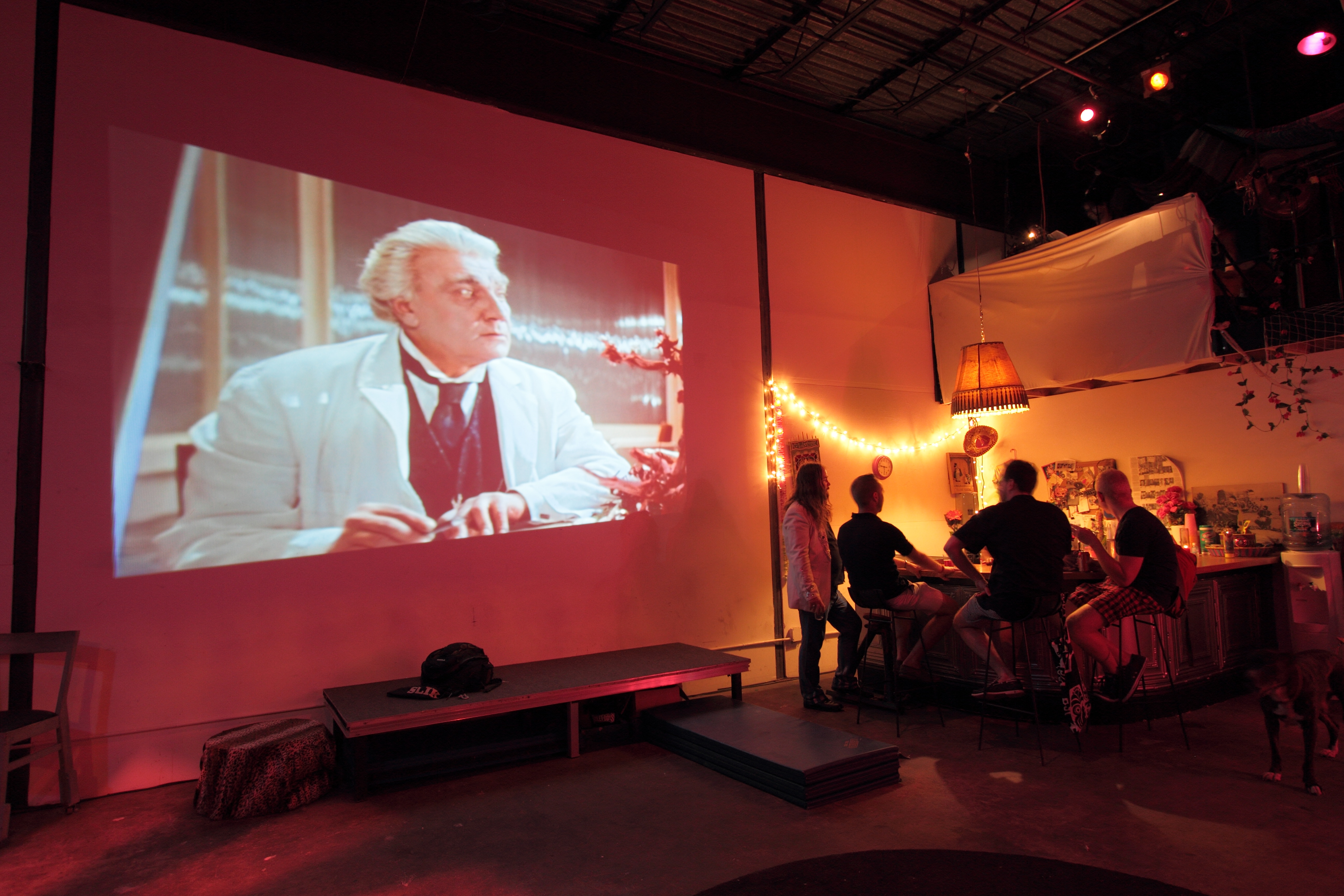
Tanya: I wanted to expand the possibilities. The Trapeze Loft was about half this size, so you couldn’t have a class with more than four or five people. This space is really ideal. The ceiling is seventeen feet high, and you can rig anywhere. I knew it would be a lot of work, because when I first got it, it was just an empty space. But I decided to take the risk. I think there’s a need for it in the neighborhood, there’s not enough underground, kooky things going on, you know? So I got the space and drew up a really basic plan. And then one of my students who’s a welder was like, “I’ll weld the railing!” And one of my friends who’s a carpenter was like, “I’ll build the stage!” Janet Clancy and Kris Anton, who are my technical directors now, and the most awesome people in the world, they helped install all the lights, sound, and rigging. It was like a tiny village all coming together. It was really nice seeing all these people saying, “We want to help make this happen.” It came together really fast, like within six weeks. It was a ton of work, but we kicked ass.
brooklyn spaces: Do you choreograph all the shows yourself?
Tanya: It depends. Some of the shows I choreograph, but the one we had last weekend was a circus cabaret, everyone coming with an act, everything from aerial to clown to juggling. Other times people will come in with their own show all ready to go. The space is open to whatever. I’ve had friends shooting music videos, my friend had his wedding here, another friend had an art opening, another wants to do a pie-fight show, clowns running around with shaving cream and whipped cream pies, and I’m like, “Yes! This is your place!” I want any kind of shows, whether it’s rock and roll shows, puppet shows, dance parties—whatever the fuck you want to try out, bring it here, we’ll see how we can make it happen. It’s not just a circus space. I want it to be seen as a funhouse. That’s the kind of New York I want.
brooklyn spaces: Tell me about some cool shows you’ve had here.
Tanya: The last few were the circus cabaret shows, which bring in a great mix of people from the professional circus scene. There’s people who teach at Circus Warehouse, TSNY, Sky Box, there’s people from LAVA, an all-women’s dance and circus troupe I used to be a part of. It’s a great way to try out a new act and meet new people in the community. Usually I have a host; among them have been amazing performers like Circus Amok‘s Jennifer Miller, Miss Saturn, and Murray Hill. Recently Butt Kapinski, she’s like a private eye investigator clown, put on an amazing show with a live jazz band. Some other great performers I’ve had here are Ambrose Martos, Chris Rozzi, Magic Brian, Amy G, Amazing Amy, Vic Thrill, Lone Wolf & Cub, Mermaid Musee, Miss Ekaterina, and members of Suspended Cirque and the Bindlestiff Family Cirkus A couple of weeks ago one of my teachers did a student showcase. My friend BAMiAM.tv is going to start putting on a monthly party with bands, aerialists, video projections.
brooklyn spaces: Do you think being in Brooklyn influences a space like this, or that spaces like this have an impact on Brooklyn?
Tanya: Yes, yes, yes. When I moved into the neighborhood in 1992, I lived in a place called Keep Refrigerated, near the Mustard Factory, and there were so many crazy abandoned buildings. This place was full of crack and cars on fire and hookers. So if you wanted to put on a show, you just went into a abandoned building and put on a show. Obviously that doesn’t exist anymore, that period’s over. But I feel like anyone can still put on a show, you don’t need a million dollars or a fancy producer and director. In that sense I think Brooklyn has definitely influenced how I look at making shows. Just because all the fancy high-rises and people with money are moving into the neighborhood, that doesn’t mean this place can’t be kooky anymore, and it doesn’t mean we all have to leave. It’s still awesome here, just in a different way. I want to keep some freakiness, and I think the new people moving in want the freaky shit too. That’s why I want the space to get more visibility, because I feel like it’s still pretty underground, and I want to get people here to see all this great stuff.
***
Like this? Read about more performance spaces: House of Yes, Red Lotus Room, The Muse, Cave, Rubulad, Gowanus Ballroom, Chez Bushwick
